Chinatown hadn’t been high on my list on previous visits to Bangkok but this time it was. Maybe it was because I was missing Chinese food these days so put myself in it’s path at every stop along the way, maybe I doubted I’d ever make it back to China or maybe it was because I feel such an affinity in general with traditional Chinese everything. Whatever it was, there was a house I wanted to see that had survived 200 years in the historic riverside Talat Noi district, Bangkok’s original Chinatown, and I was committed to seeing it.
Coffee House & Restaurant, Hong Sieng Kong
The express boat from our local Wang Lang Pier dropped us at the Marine Department Pier. The So Heng Tai Mansion is located in a neighborhood of narrow lanes that defy a direct approach. I had a paper map but it seemed useless, as many often are in old neighborhoods everywhere, so out came the app. For those who’ve been following along, you may recall my disdain for the APP. It seemed to be committed to giving us a bum steer at every opportunity until concluding it must be user error. At every turn we succeeded in going the opposite direction until we realized that was the case and opted to go the direction the reverse of what seemed natural, finally finding ourselves in what appeared to be the general area.
There was little car or even pedestrian traffic as we wandered the atmospheric lanes. No one paid any attention to us at all which, for me, always feels ideal. After a period of to-ing and fro-ing the lanes got narrower, so narrow in fact that on the rare occasion a car came along one had to stop and step aside to make sure you weren’t about to get your toes run over.
When the street had gotten as narrow as it could and still have room for one car, an interesting building presented itself. Obviously a very old one but remodeled to provide space for a coffee house and restaurant, Hong Sieng Kong, in the reconfigured interior. On entering one could order drinks and food then through a door, it opened up to a high spacious area of tables in what must have been a courtyard, now glass-roofed and almost no people. After having coffee we found the restrooms in an attached adjacent building with a garden sweeping down to the river. That was a surprise, not realizing as we walked the lanes that we’d arrived near the water again. It was also where the other people were.
We returned to the narrow lane and continued our search for the So Heng Tai Mansion. The road went into a garage, oddly, then continued to the left where it was no longer wide enough for cars. There was an upscale group of businesses, a hotel, a hostel and cafe, a tea house. Then a left turn at a roofed hawker food establishment. A right turn and an open area with a festooned spirit tree and a group of men who appeared to be playing a game (a game of chance perhaps? I’m guessing). The lane closed in again and finally, we saw it, the gate to the So Heng Tai Mansion with a sign telling us, yes, they were open.
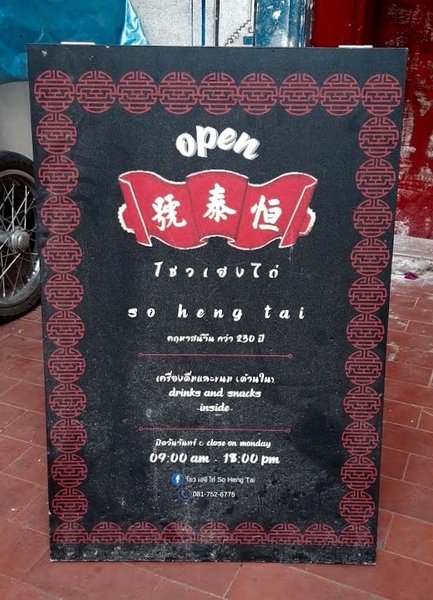
Built in the early 19th century in the Hokkien-Teochew style and owned continuously by 8 generations of the So clan, originally from Fujian, China, the current owner, Poosak Posayachinda, has found a unique way of funding the survival of the house beyond visitors’ contributions of either a small entrance fee or purchase of a drink. The four two-story houses are arranged around 3 sides of a courtyard. On the fourth side is the colorful entrance and as one enters directly ahead is a wall, the end of a pool that occupies almost the entire area of the courtyard, built by dive instructor Poosak for the purpose of offering scuba diving lessons which fund upkeep of the house, estimated at around $25,000 a year. An online interview with Poosak mentions plans for a home-style restaurant in the future.
So Heng Tai Mansion
Sitting in a chair on a second floor verandah, the pool is a real presence below and it’s difficult to imagine what the space would look like without it. It appears, from the parts of the house visitors are allowed to enter, that the living areas are on the second floor and the lower is for utility purposes, storage and a kitchen.
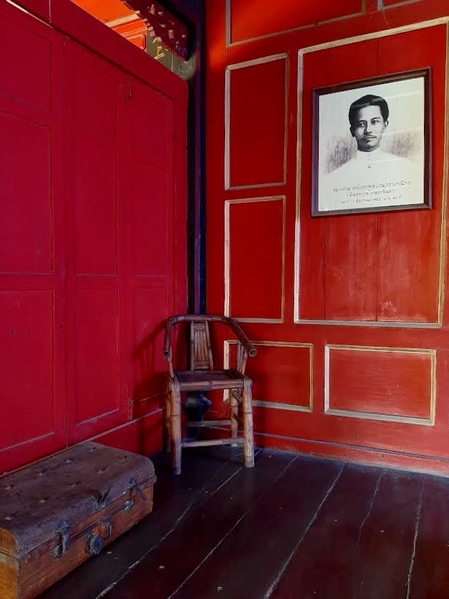
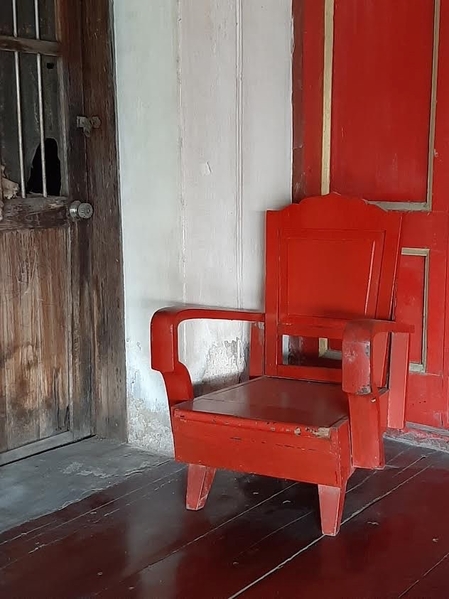
One of very few original buildings left in Talat Noi, though So Heng Tai is considered a significant historic site by the Thai government, funding does not come with the designation. As a result of a general lack of funding many historic buildings are unprotected and are succumbing to the desires of developers to acquire property in the rush for modernity. From all I’ve read, the current generation of the So Clan seems committed to doing what they must to preserve their family heritage and, in so doing, also the heritage of the Chinese-Thai community.
Talat Noi and So Heng Tai Mansion were high points of the week in Bangkok. Upon leaving the house we walked to Hua Lamphong Railway Station from which long-distance trains had been moved to a new out-of-the-center station just days before. Then going in different directions, out of curiosity I followed a canal for almost a mile to the Chao Phraya River and arrived at River City for a waterside snack before catching an express boat home. I confess I often go places in Bangkok just so I can ride the boats.
All episodes of PortMoresby's Farewell to Asia Tour can be found here.
Next time, more Bangkok.
More of PortMoresby's stories are here.

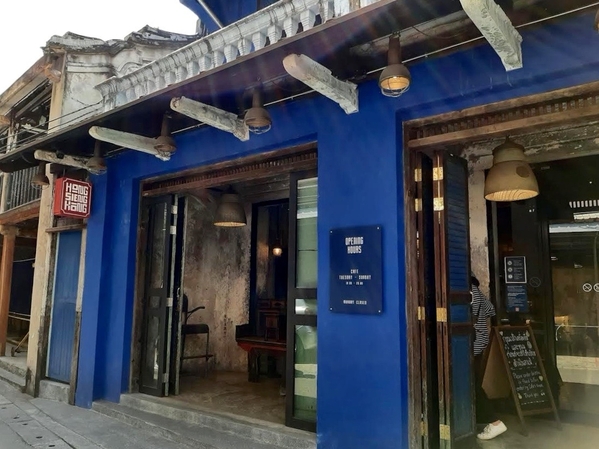
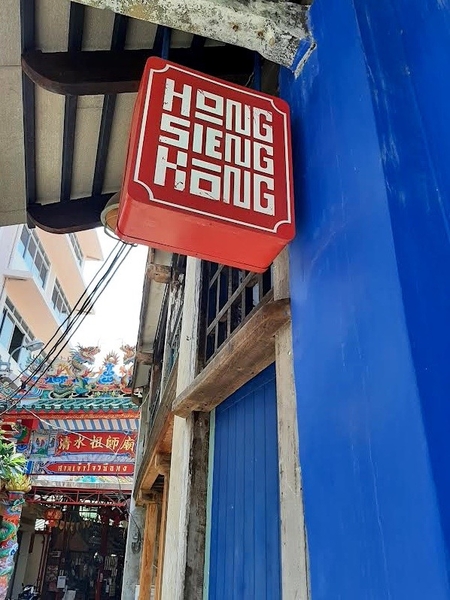
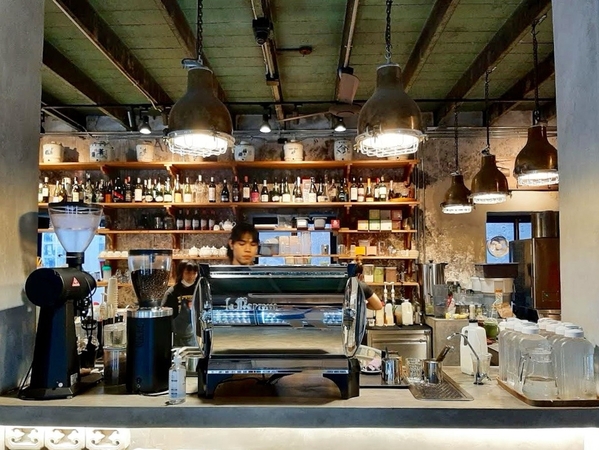
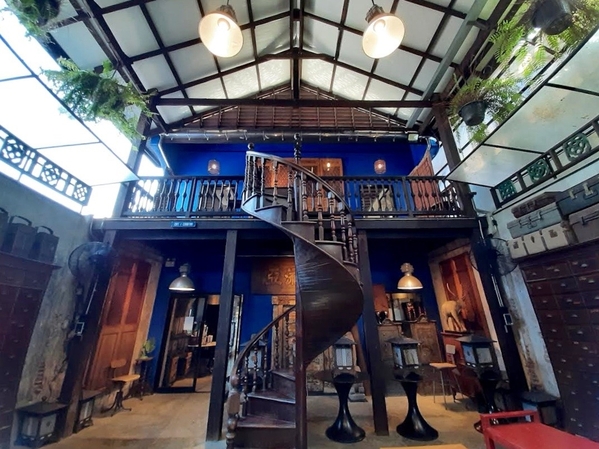
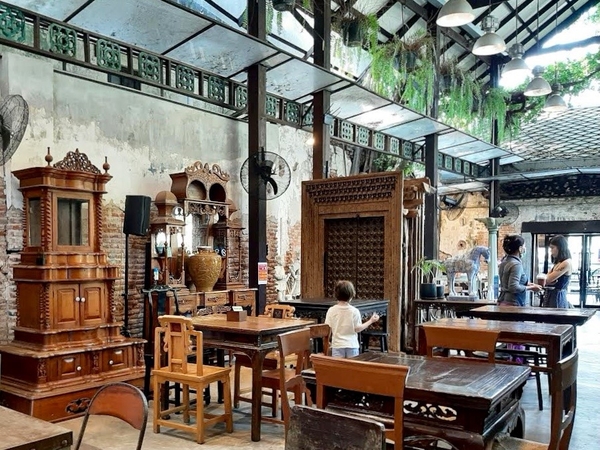
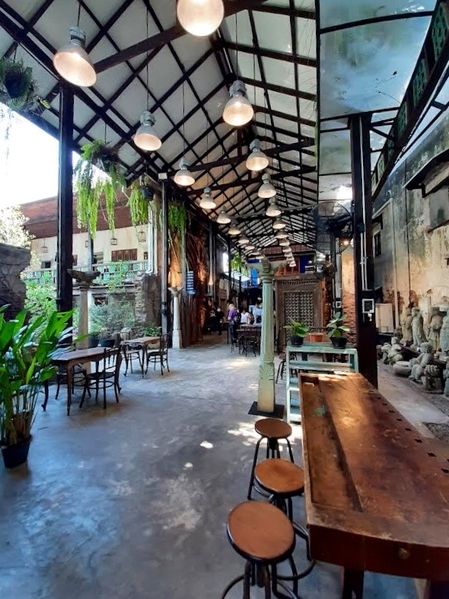
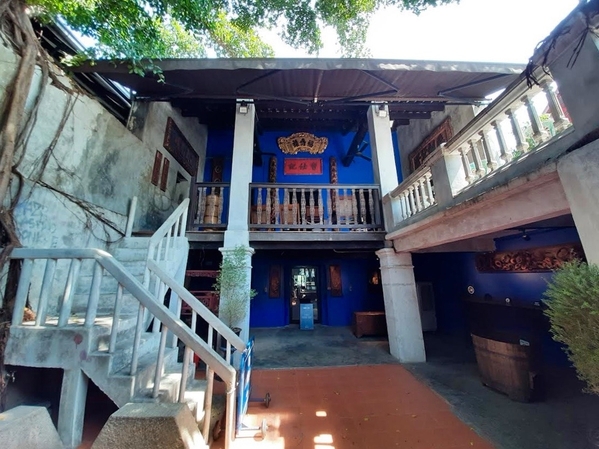
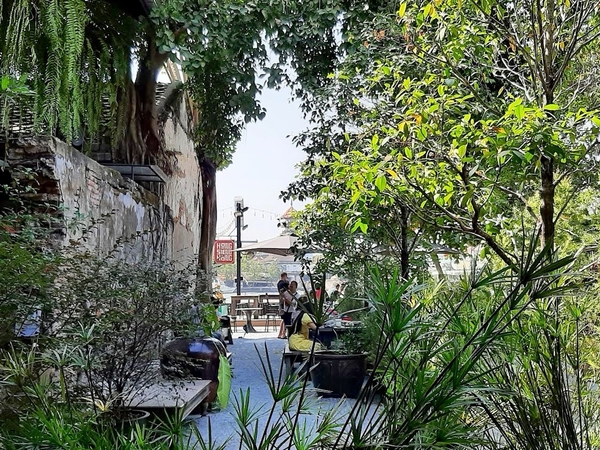
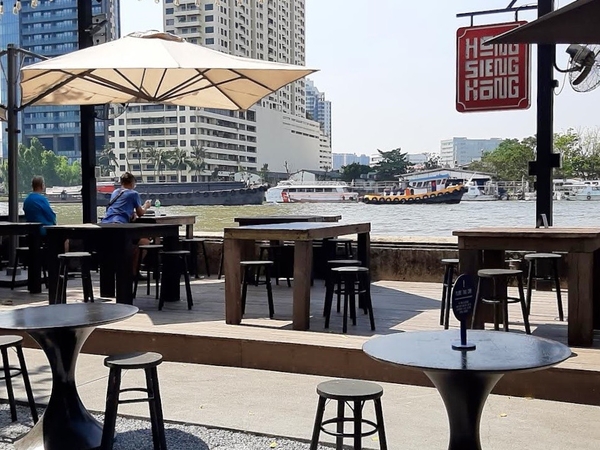
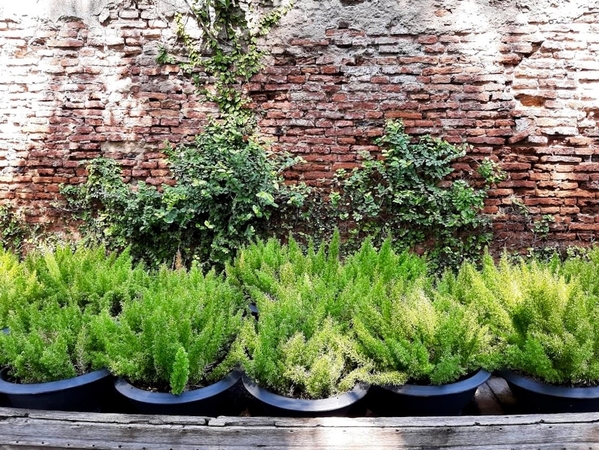
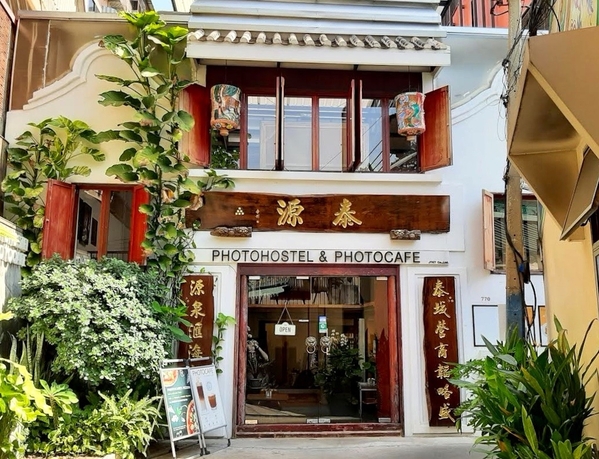
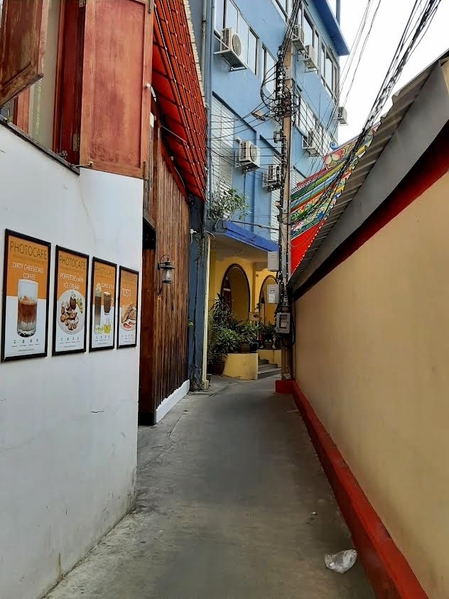
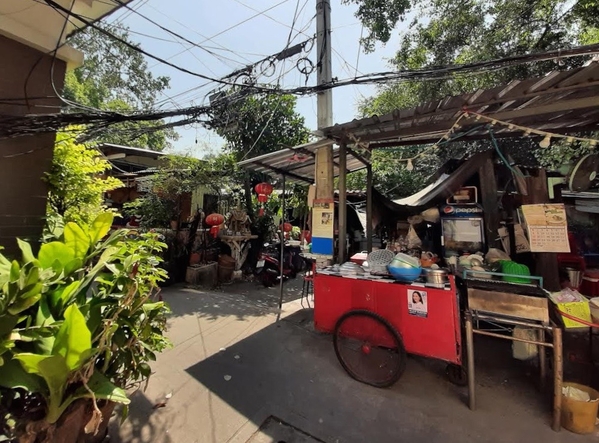
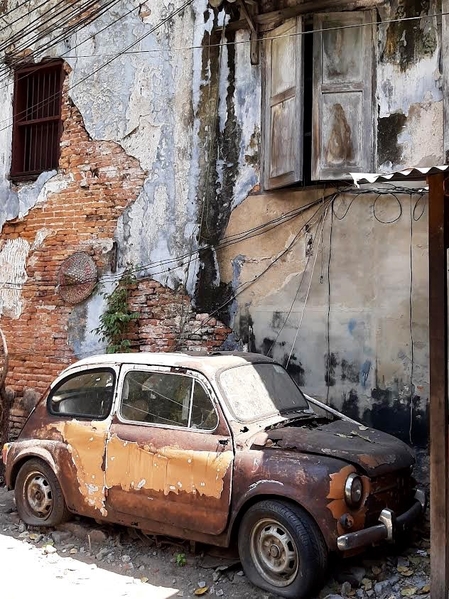
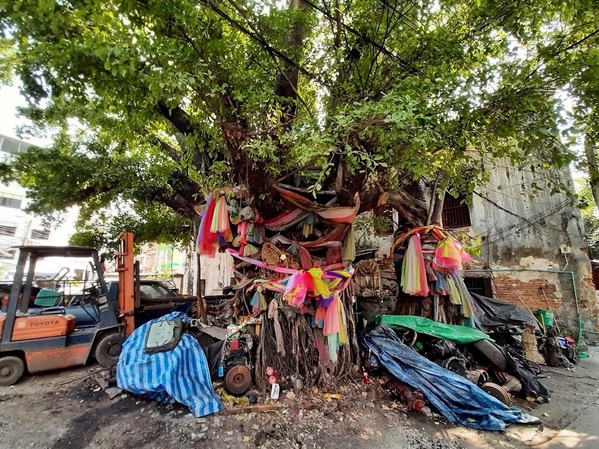
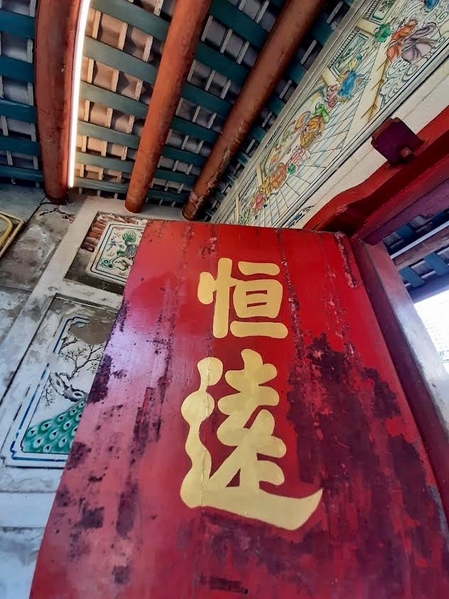
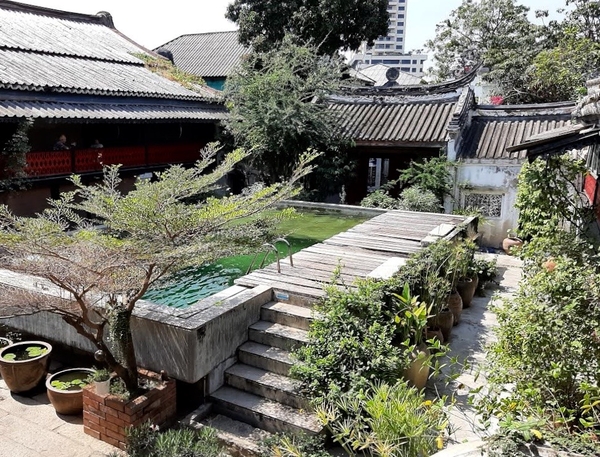
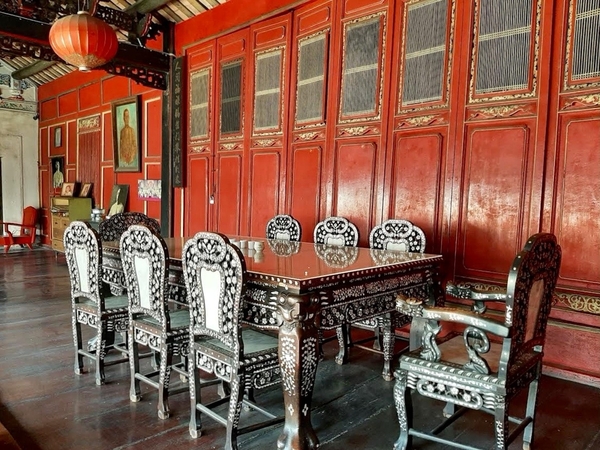
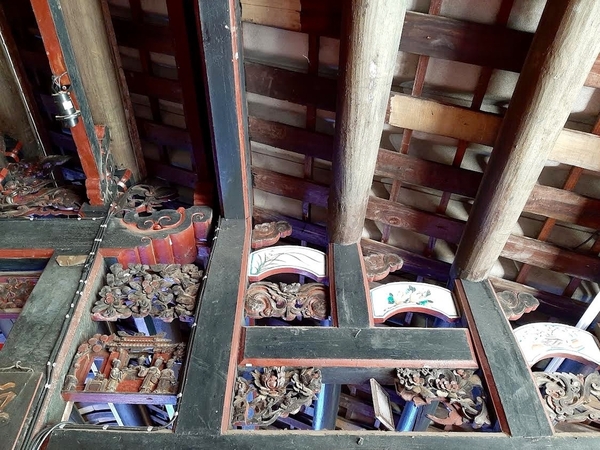
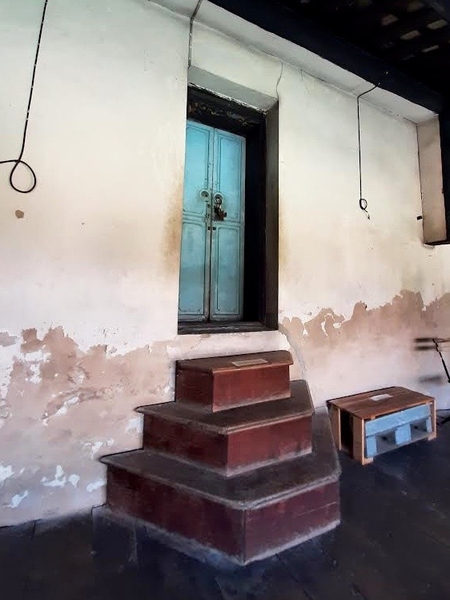
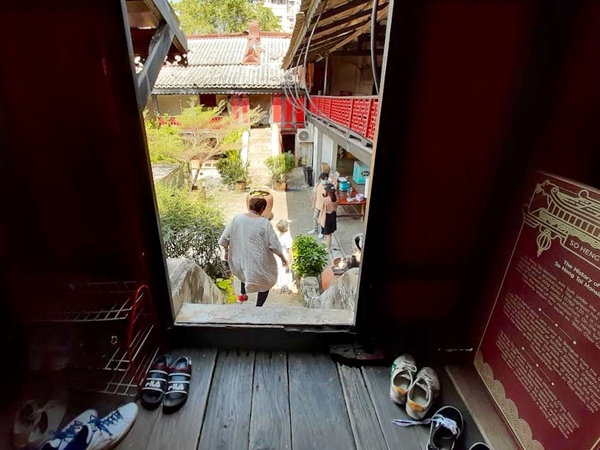
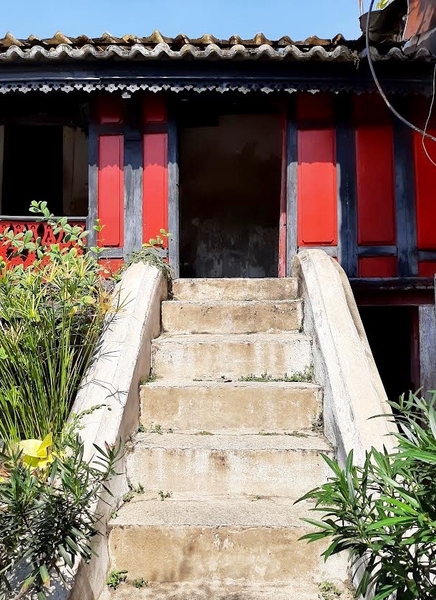
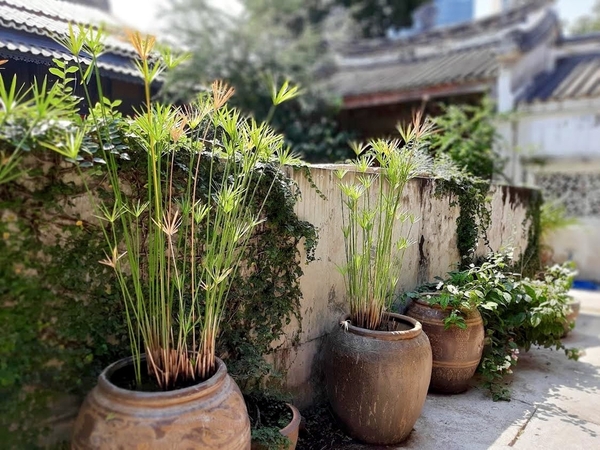
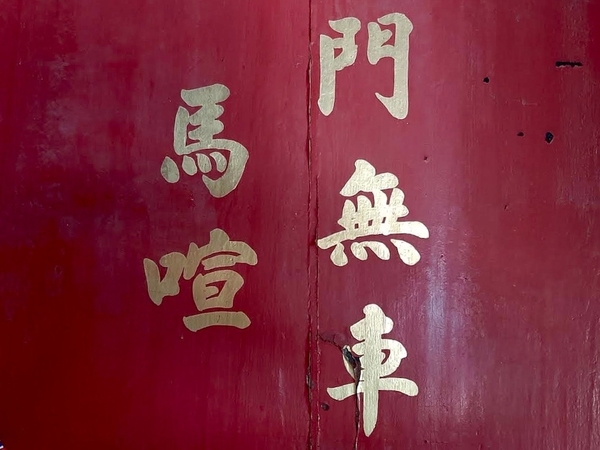
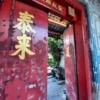



























Comments (0)